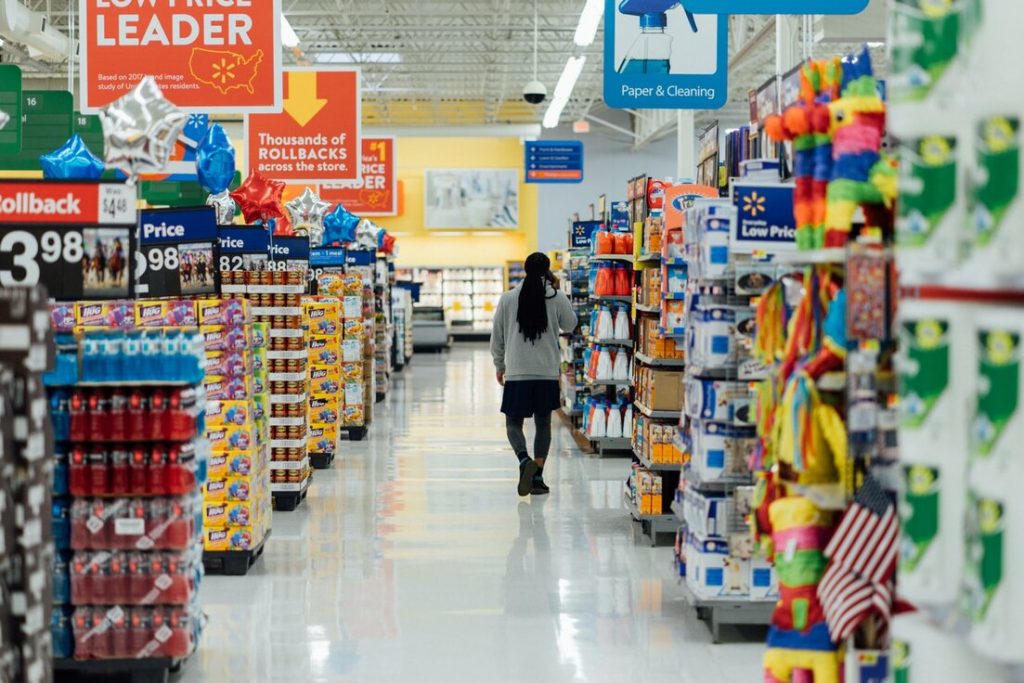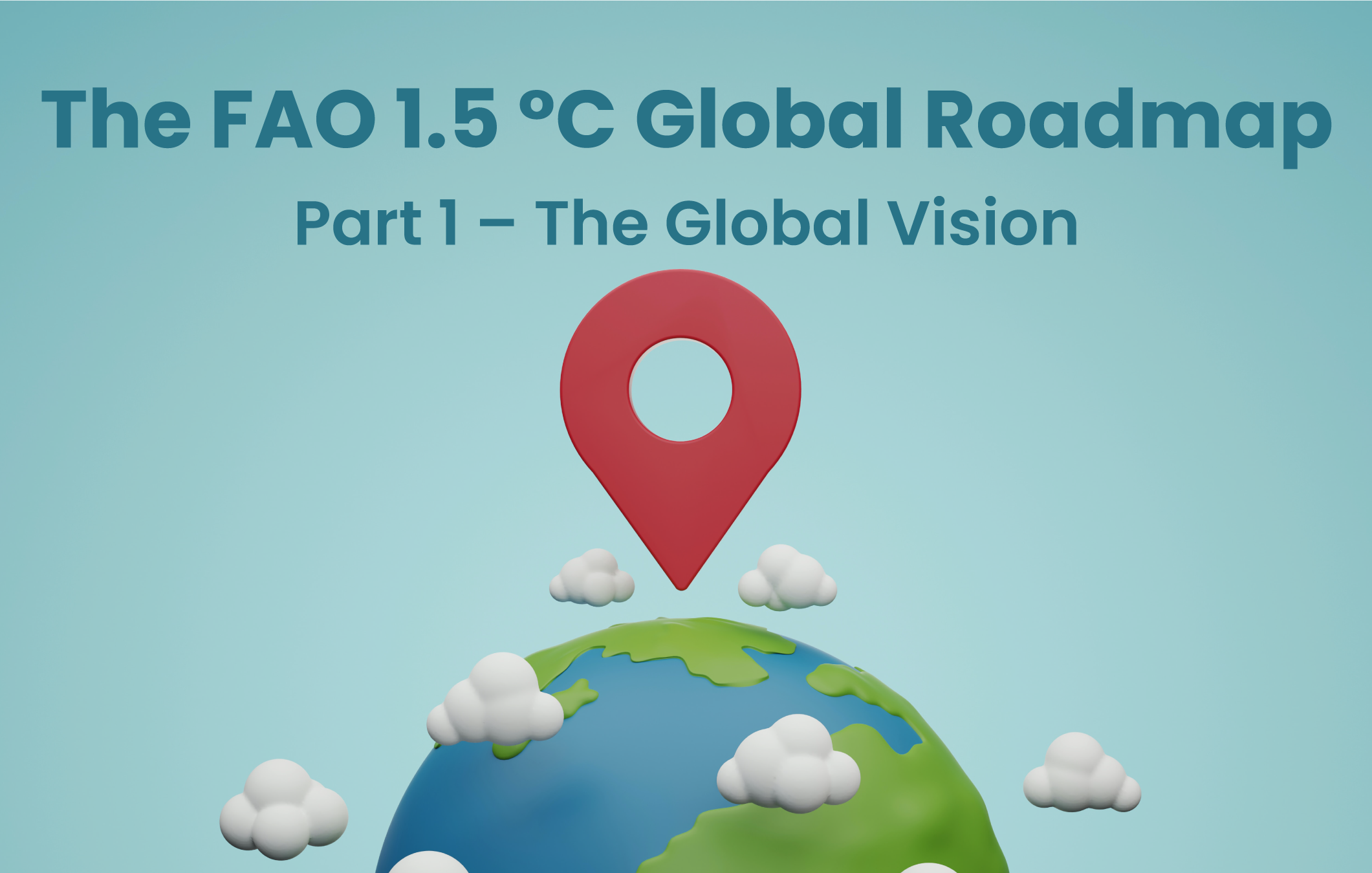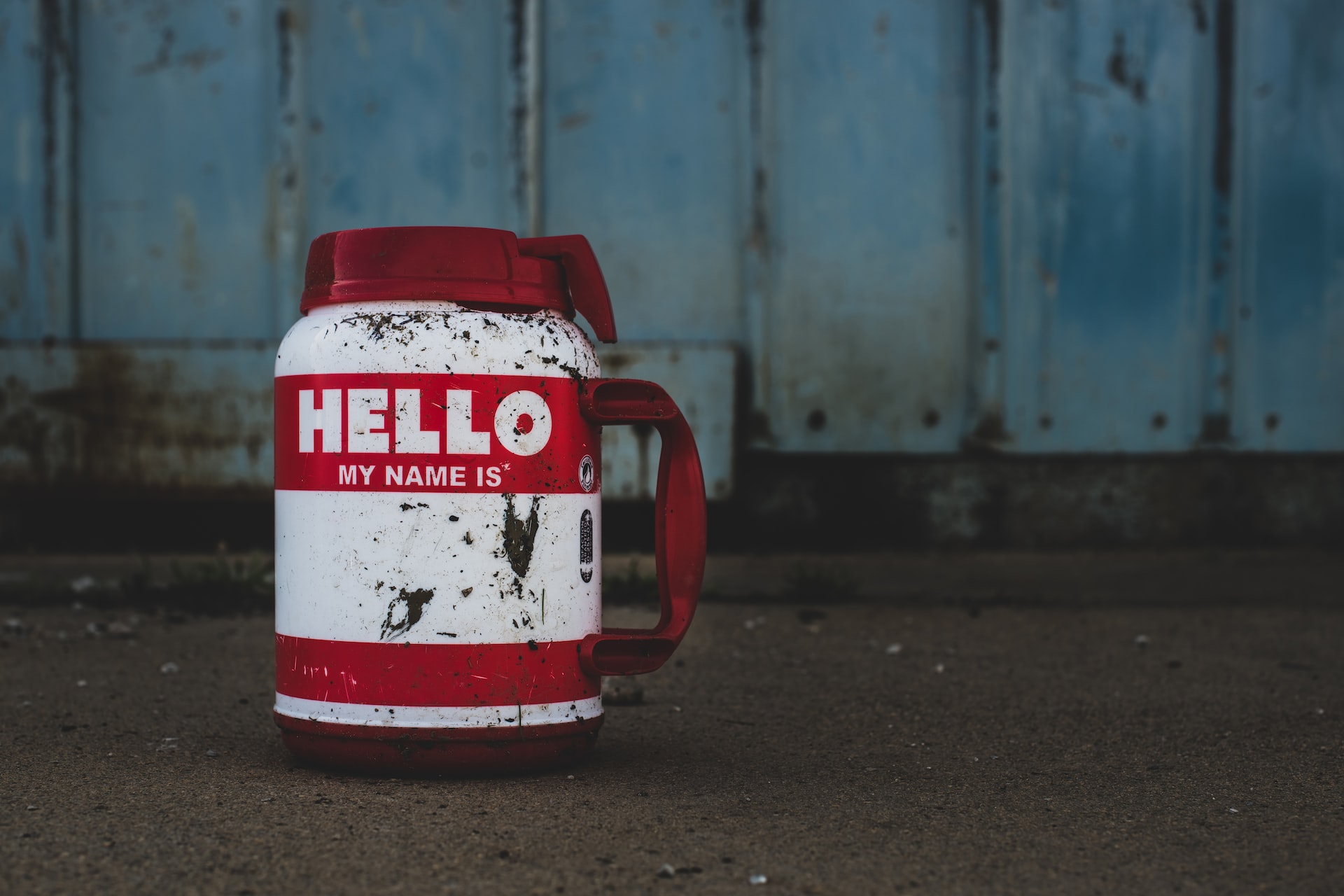Retailer climate targets: What’s coming for suppliers?
You spoke; we listened. When we asked food product and brand owners what their biggest pains are, their response was loud and clear: Retailers. Getting listed, pitching, branding, competitive edge, price… climate targets and requirements. We can already tell you that a climate footprint can be a strong booster for all of the above. We employed our sharp climate lens to save you the trouble of researching the climate targets and supplier requirements of the largest retailers.
What can you do to get your foot in the door? Prepare a climate strategy ready to present. As you will see from the retailers themselves, a climate strategy is an organized route with continuous landmarks. Before you dive into reducing your climate footprint, start by knowing it. This way, when the time comes for your pitch, you will be apt to present the very important first step, your climate footprint. Continue with locating where the largest impact lies in your supply chain and start with the low effort/high reward parts.
Costco
In its Climate Action Plan, the American giant outlines its holistic approach to sustainability. Notably, Costco says:
Costco’s targets include calculating their Scope 1, 2, and 3 emissions over the course of the next 3 years (2022-2024). Smartly, the focus of the company is on the parts of their value chain with the largest reduction impact.
What does this mean for brand and product owners? Food suppliers to Costco fall under Costco’s Scope 3 emissions. Currently, the company is developing a Scope 3 inventory and will follow up with an action plan. Keep your eyes and ears open for more news by the end of 2022!
Newsletter to-go?
Our special today is our Newsletter, including snackable tips, hearty climate knowledge, and digestible industry news delivered to your inbox
Walmart
Walmart has set a net-zero target by 2040 and it is counting on suppliers to get there. Under Project Gigaton, Walmart suppliers will have to reduce their supply chain emissions by 1 billion metric tons by 2030.
Specifically, Walmart breaks down its Scope 1,2, and 3 targets. Regarding Scope 1 and 2, the retailer aims to reduce greenhouse gas emissions by 35% by 2025. On a second axis, compared to 2015 emission levels, the reductions target is 65%. When it comes to Scope 3, Project Gigaton aims to engage suppliers to reduce their emissions. Walmart makes resources available to get suppliers started with climate calculations and set their own goals.
Kroger
Kroger has set a 30% cumulative emission reduction by 2030. The retailer has an extensive sustainability plan. It focuses on waste reduction, packaging, and a commitment to eliminate deforestation in sourced materials and products by 2025. Kroger is working on more specific Scope 3 emission targets, expected to be announced soon.
Ahold Delhaize
Ahold Delhaize is another retailer with an extensive climate plan. The targets include a 50% reduction of Scope 1, 2, and 3 emissions by 2030. By 2040, the Scope 1 and 2 target is net-zero. The retailer also commits to net-zero in Scope 3 emissions by 2050.
Ahold Delhaize aims to engage suppliers in reducing their climate footprint as well as increase climate transparency at store shelf and in the brand’s loyalty apps. They note:
Our brands can help people further understand the impact of their buying decisions and enable them to make choices that fit their needs, their tastes, and their values.
A detailed action plan regarding their Scope 3 emission reduction will follow within 2022. The action plan will include interesting incentives for their climate-savvy suppliers such as longer-term contracts with concrete environmental requirements and co-investments on supplier farms to reduce emissions for agriculture.
Target
Target is another player who joined Science Based Targets (SBTi) in 2019 with a commitment to reduce its Scope 1, 2 greenhouse gas emissions by 50% and Scope 3 emissions by 30% below 2017 levels by 2030.
What is interesting is that Target is asking suppliers to set science-based reduction targets on their Scope 1 and 2 emissions by 2023 – that’s the end of next year!
Waitrose/John Lewis Partnership
On the other side of the pond, John Lewis Partnership, the parent company of Waitrose also signed up with Science-Based Targets. The company has committed to going net-zero across its operations by 2035 – without offsetting! Moreover, John Lewis partnership is looking to reduce its climate footprint beyond its operations and across the value chain, starting with agriculture. Someone knows what they are doing…!
The organization is currently on the risk assessment phase and will follow up with specific metrics and targets.
Tesco
The climate trailblazer among retailers was the first to set zero carbon goals back in 2009. Tesco has since refined its climate strategy and committed to net-zero by 2035 in Scope 1 and 2 and by 2050 in Scope 3.
Tesco has already calculated its climate footprint for Scope 1 and 2, cradle-to-shelf. Additionally, it aims to work closely with its suppliers to reach this ambitious goal. The retailer is preparing to release its Scope 3 climate roadmap to net-zero which will include key actions required in its supply chain.
Co-op
Co-op has ambitious goals with a shorter timeline than most. The short-term goals are a 50% reduction in Scope 1 and 2 and an 11% reduction in Scope 3 by 2025! The long-term goals are even more ambitious with a net-zero target for all scopes by 2040. The retailer already has verbalized its roadmap in its 10-point climate plan. The plan includes a point aiming to make it easier for consumers to choose products with a lower climate footprint.
Moreover, Co-op seems to recognize how critical it is that the climate strategy becomes an integral part of business operations. Two more points listing set financial resources to reduce climate footprint as well as the salary of its Food CEO being linked to achieving climate targets. Talk about serious business!
Sainsbury’s
Sainsbury’s is another retailer with a well-thought-out climate plan. The retailer accelerated its net-zero goal in Scope 1 and 2 by 2035, five years earlier than the previous commitment. Regarding Scope 3, the goal is a 30% reduction of greenhouse gas emissions by 2030 and a net-zero target by 2050.
Already last year, Sainsbury’s reached out to 400 of its top suppliers to disclose their carbon reduction targets.
Morrisons
A similar ambition is present in Morrisons, who also accelerated its net-zero plan in Scope 1 and 2 by five years, now aiming for 2035. The retailer has also committed to supporting its suppliers in reaching the Scope 3 emission reduction target of 30% by 2030.
Moreover, Morrisons has committed to zero deforestation across its supply chain by 2025 and aspires towards net-zero carbon agriculture by 2030.
Aldi
Aldi is already calculating its Scope 1 and 2 climate footprint to reach its goal of 26% emission reduction by 2025. The retailer is taking a climate directive with its Scope 3 reduction, asking suppliers to set Science Based Targets by 2024.
A year later, in 2025, selected Aldi suppliers should prepare to implement climate footprint reduction projects in their own operations. Some of Aldi’s high-priority supply chains include cocoa, coffee, nuts, tropical fruit, and seafood.
Where do I, an apt-albeit-somewhat-stressed product owner fall into this?
Excellent question – food suppliers to all the retailers above fall under the Scope 3 targets of each retailer, i.e. their indirect emissions. As you probably noticed, Scope 3 targets are usually less ambitious than Scope 1 and 2. This is because retailers can fully control Scope 1 and 2 but in Scope 3 they depend on the actions of their suppliers.
The good news is that at this stage still, getting a start with a climate strategy and having your climate footprints ready to present can get you surprisingly far. They don’t call it a strategy for nothing! Are you ready to start with yours?
This shan't take long...
Ready to meet your portfolio emissions? Let us automate it
Getting started is hard – Simplify it with Automated mapping and jump straight to the action. Reach out to our climate performance experts and see how you can jumpstart your climate strategy.
Related Posts
Food industry & Scope 3: A state of the art of food supply chain emissions
Scope 3 emissions are taking (rightfully and finally) center stage and the food industry is talking the talk. Since 2016, Scope 3 disclosures from food companies in CDP have increased by 113%. With mo
FAO 1.5°C Roadmap: The net-zero plan for food
Discover the FAO 1.5 °C roadmap for transforming agri-food systems and achieving sustainable goals. Explore sector-specific solutions across domains like livestock, healthy diets, fisheries, and more
The net-zero transformation is data-driven
Tackling climate change is complex and change leaders often remark that there is no silver bullet. At CarbonCloud we not only agree with this point; we actively engage with it. But something comes dar
Explorer–Navigator–Trailblazer: Product packages with a story
You are casually browsing through the CarbonCloud website, you find some interesting stuff and you decide the check the Product packages page. Or, you are already talking to one of our lovely Salespeo







